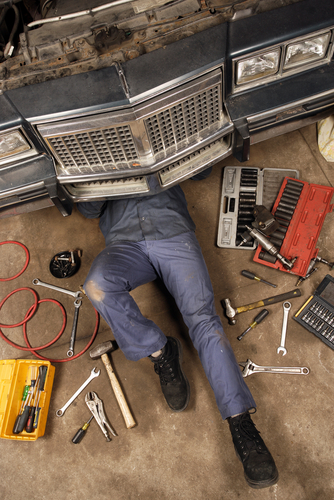 Defective car cases can be challenging to pursue. When the car is subject to a recall, recovery potential usually improves. If the vehicle’s owner knew about the recall and had the repairs done, do not despair—many times those repairs are inadequate.
Defective car cases can be challenging to pursue. When the car is subject to a recall, recovery potential usually improves. If the vehicle’s owner knew about the recall and had the repairs done, do not despair—many times those repairs are inadequate.
One example is the defective Ford speed control deactivation switches. The switches have been the subject of recalls since 1999 and continuing through to 2009. However, on February 2, 2008, Ford issued a "recall of the recall" as to 225,000 of its previously recalled cars that had supposedly been "fixed." The problem, as portrayed by Ford, was that a certain batch of fused wiring jumper harnesses installed in vehicles had "defective fusing." Sources would later say that the problem was also an ambiguity in the service instructions, causing technicians to make mistakes in executing the fix.
Another example is the recall campaign for the 2001-2004 Mazda Tributes, which described the problem with the ABS modules as follows:
What is the problem?
…. [T]he Anti-lock Brake System (ABS) Module connector may have missing or dislodged wire seals. This condition could allow contamination to enter the module connector creating a potential for an electrical short. …. This condition could occur either when the vehicle ignition switch is in the off position or while the vehicle is being operated.
This recall fails to explain the root cause of the defect and how that problem is addressed by the “fix”. Rather, significant discretion is given to the service technician to decide whether to repair or replace the harness connector (“as appropriate”) and the connector to the ABS module, which gives much opportunity for human error.
In sum, the fact that recall work was done does not necessarily destroy your subrogation case. In fact, it may open up more questions about the effectiveness of the recall and provide an additional theory of liability in certain circumstances.



